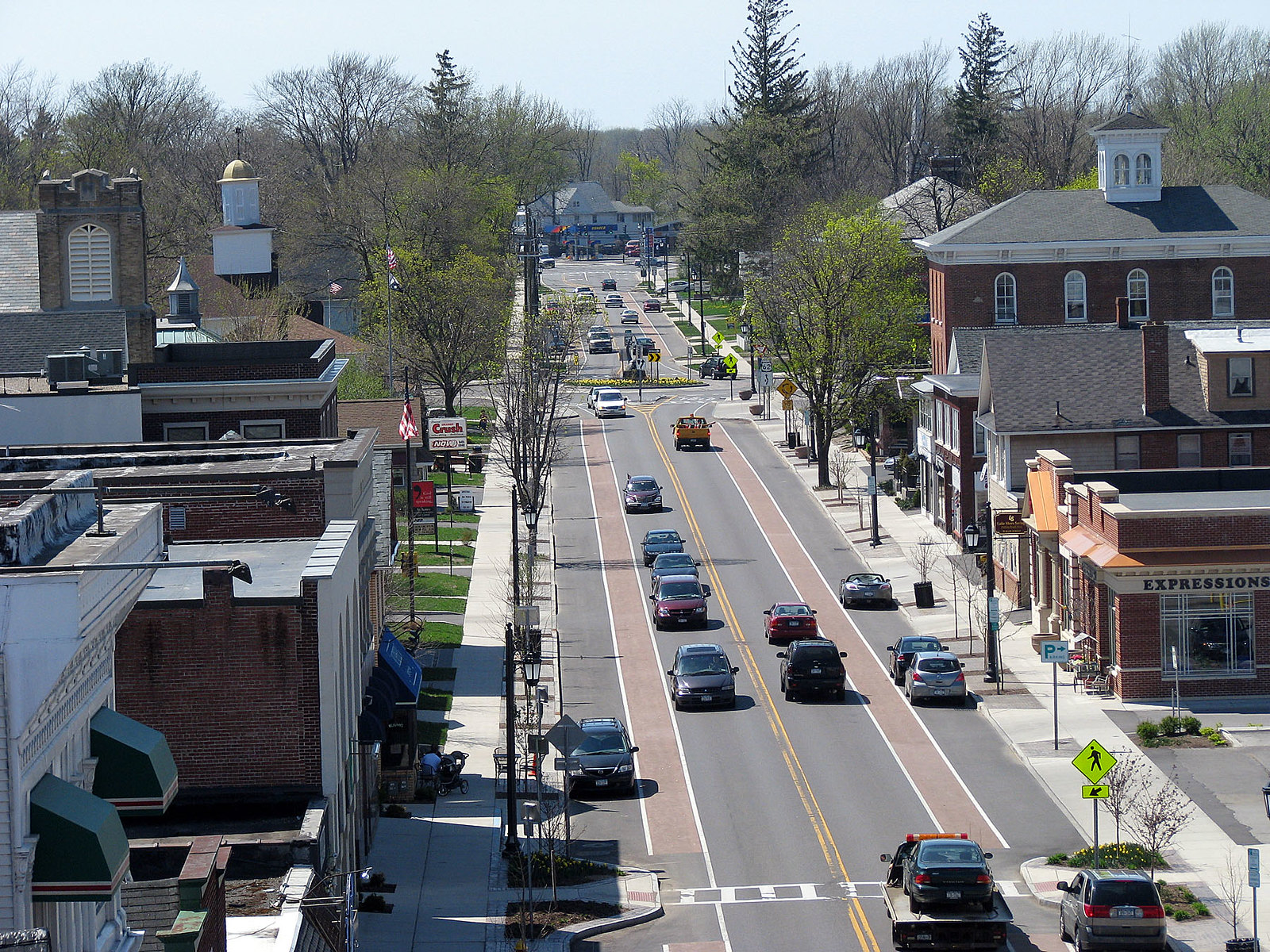No one is going to hail Toronto Mayor Rob Ford as a transportation visionary just because he keeps proposing outlandish "solutions" for Canada's largest city.
Since being elected in 2010, Ford has presided over the removal of popular bike lanes and proposed building a new subway line entirely with private funds, a dream that failed to materialize.
Now Ford is back with another doozie. As Toronto plans a commuter rail line out to its suburbs, Ford has proposed burying the route underground in order to avoid the challenges that come with assembling right of way. Jarrett Walker at Human Transit says there is a very simple reason why no one does that:
Toronto readers, today's Globe & Mail has everything you need to know about Mayor Rob Ford's dream of building expensive subways under low-density suburbia, thereby spending billions that could be spent expanding actual mobility (and access) where it's most needed and demand is highest. The article is about the crucial Eglinton corridor, an obvious grid-element that could help thousands of travellers get where they're going without having to go through downtown, thus adding to capacity problems there. But the same logic applies to an underground extension of the Sheppard East line toward Scarborough, which the mayor has also mooted. Reporter Adrian Morrow has done his homework (not just by talking to me) and he carefully sets aside all the main talking points of the suburban-subway advocates.
Bottom line: Going underground is expensive, so we do it only when we really need to! Responsible planning fights hard for space on the surface -- especially in space-rich low-density suburbs -- before sacrificing millions just to get transit "out of the way" of cars.
Elsewhere on the Network today: A View from the Cycle Path warns readers to beware of the "turbo roundabout," a high-speed, high-capacity version of its more pedestrian- and bike-friendly cousin. Streets.mn explores the necessity, and difficulty, of reallocating street space. And N8than writes that bridge tolls are a better source of new revenue for New York's MTA than sales taxes.






